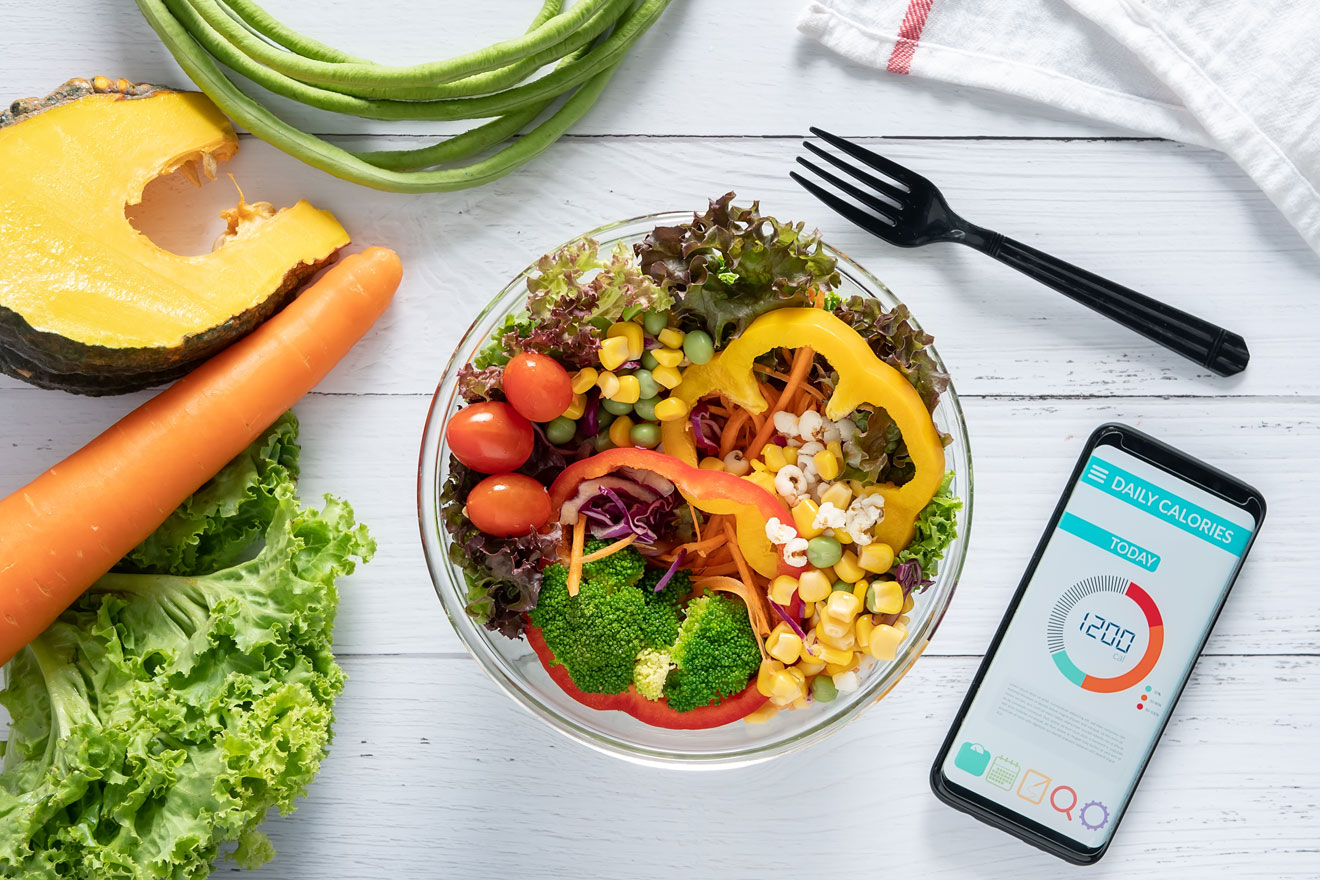Meal prep for muscle growth that actually works
Key Takeaways
- Meal prep isn’t about perfection—it’s about consistency. Prepping meals helps you hit your calorie and protein targets reliably, which is critical for muscle growth.
- You don’t need to prep every meal—focusing on 1–2 key meals per day (like lunch and post-workout) can dramatically improve consistency without overwhelming your schedule.
- Build meals around high-quality protein (like chicken, beef, fish, eggs, or plant-based alternatives) and add complex carbs, healthy fats, and vegetables for balance.
- Cook in bulk and portion smartly. Batch-cooking saves time, reduces decision fatigue, and makes it easier to control your nutrition during busy weeks.
- Flexible meal prep works best. Rotating 3–5 easy, enjoyable meals prevents burnout and supports long-term adherence better than rigid, boring plans.
- You can combine homemade prep with smart shortcuts like frozen veggies, ready-to-eat proteins, or a healthy meal delivery service to stay consistent without spending hours in the kitchen.
Meal Prep Isn’t About Perfection—It’s About Momentum
Most lifters think of meal prep as a rigid routine filled with plastic containers, boiled chicken, and boredom. But that mindset misses the point. Smart meal prep isn’t about making every meal perfect. It’s about giving yourself an environment where eating for muscle growth becomes automatic, even when life gets chaotic.
The real goal is momentum. If you’ve got high-protein meals ready to go—or at least ingredients and a plan—you’re far more likely to eat in a way that supports recovery and growth. Without a system, you end up grabbing convenience food that doesn’t fuel your goals.
Think of meal prep as a performance tool, not a punishment.
Why Gym-Goers Benefit More Than Anyone
If you train consistently, your body has a constant demand for nutrients. You’re breaking down muscle tissue, draining glycogen, and triggering processes that can only run well if your body has the raw materials to recover and grow.
Meal prep makes this easier by solving two big problems at once: decision fatigue and time scarcity.
Instead of wondering what to eat—or scrambling to cook after a long day—you’ve already made the right choice in advance. That frees up willpower and ensures you get what you need when you need it: enough calories, enough protein, and enough nutrients to keep progressing.
The Most Effective Prep Systems Are Flexible
A lot of meal prep advice assumes you have all weekend to cook and don’t mind eating the same thing every day. That’s not realistic for most people, especially if you value variety or have an unpredictable schedule.
You don’t need to prep every single meal for the week. Instead, identify where your nutrition tends to fall apart—and plug those gaps first.
For example, if breakfast is a mess and leads to overeating later, batch-cook a high-protein option like egg muffins, oats with whey, or Greek yogurt parfaits. If dinner is your weak spot, prep just enough protein and carbs to mix and match fast meals on the fly.
The goal isn’t to lock yourself into rigid habits. It’s to build a rhythm that makes your training lifestyle easier—not harder.
Three Days Ahead Beats Seven Days of Suffering
One common mistake lifters make is prepping for an entire week, only to get sick of the meals by Wednesday and throw out the rest. This is avoidable.
A better strategy is to prep for just three days at a time. It keeps food fresh, lets you adjust based on how your week is going, and gives you more flexibility to shift meals around. Plus, you’re less likely to hate what you’re eating.
Batch-cooking two or three proteins, a couple of carbs, and a big tray of vegetables can cover half the week without becoming a chore. You don’t have to become a food scientist—just make sure the basics are handled.
Choose Protein-Centered Meals That Travel Well
Not all meals survive the fridge or microwave equally. When you’re prepping for the week, it’s smart to stick to meals that hold their flavor and texture, especially if you’re eating them on the go or at work.
High-protein stir-fries, stews, chili, roasted meats with sweet potatoes, rice bowls, and pasta bakes tend to hold up well. So do lean ground meats, grilled chicken thighs, and baked salmon.
Protein is your main priority, so center your meals around it. Add slow-digesting carbs for fuel and fiber-rich veggies for micronutrients and satiety. Then, season properly—because no one wants to suffer through bland food five times a week.
Prepping Once Doesn’t Mean Eating the Same Meal
One underrated tip: you can prep base ingredients and change up the flavor later. Cooking three pounds of ground turkey? Season one third with taco spices, another with curry, and the last with garlic and herbs. Suddenly, your meals feel different—even though the work is already done.
This gives you the flexibility to eat intuitively without totally winging it. It also makes meal prep feel less like a sentence and more like an asset to your lifestyle.
What About When You’re Too Busy to Prep?
Some weeks, meal prep just won’t happen. Maybe you’re slammed at work, traveling, or just need a break. This is where having a fallback strategy makes the difference between staying on track and completely derailing.
If you live in South Florida, one option is using the Ideal Nutrition healthy food delivery service. Their meals are designed with fitness and health in mind, so you don’t have to choose between convenience and progress.
While you shouldn’t rely on meal delivery 100% of the time, services like this can bridge the gap when life gets in the way. Think of it as nutritional insurance.
Meal Prep Is an Investment in Your Goals
There’s a reason almost every serious athlete and bodybuilder uses some form of meal planning or prepping: it works. Whether you’re trying to build size, lean out, or just avoid wasting your workouts with junk food, the system you create around food will either help you succeed—or silently sabotage your results.
Meal prep gives you structure, predictability, and freedom from nutritional chaos. And once you figure out a rhythm that fits your life, it becomes second nature. You’ll spend less time stressing about food and more time focused on training, recovery, and growth.
Because at the end of the day, your body is built in the gym—but revealed and rebuilt in the kitchen.







